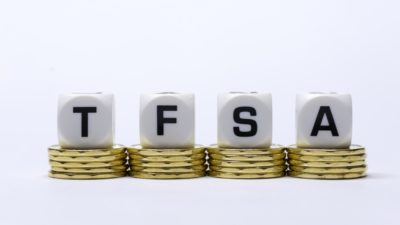Financial security is the primary worry of would-be retirees. Many Canadian seniors hold off retiring because they anticipate limited income streams. The sunset years won’t be relaxing or problem-free unless you have lifelong income sources other than your pensions.
If you were to invest your savings today to create lasting income streams, Bank of Montreal (TSX:BMO)(NYSE:BMO) and BCE (TSX:BCE)(NYSE:BCE) are certainly the logical investment choices. The more than a century dividend track record of the two companies assures you of uninterrupted dividend payouts throughout the entire stretch of your retirement.
Most trustworthy
BMO doesn’t offer the highest dividend on the TSX, but it’s the first company to share a portion of its profits with shareholders. Canada’s fourth-largest bank is the most investor-friendly, if not the most trustworthy, passive income provider on the planet.
The $64.73 billion bank has been a source of recurring income since 1829, notwithstanding two World Wars. BMO’s marvelous feat is eight years shy of hitting the 200-year mark. Early in July 2021, World Finance Magazine recognized BMO as the Best Private Bank and Best Canadian Commercial Bank for the 11th and 7th consecutive years.
BMO is now the eighth-largest bank in North America by asset size. At $125.33 per share, the dividend yield is 3.55%. Current investors enjoy a 32.11% gain so far this year. Market analysts forecast a potential climb to $134.60 in the next 12 months.
Also, the BMO has the second-highest CET1 ratio (13%) among the Big Six banks. Its excess capital after Q2 fiscal 2021 stands at $6.2 billion. If the Office of the Superintendent of Financial Institutions (OSFI) lifts restrictions on dividend increases, management might decide to share the overflowing cash with shareholders.
Consistency and longevity
Canada’s most dominant telecom is in the league of BMO when it comes to the consistency and longevity of dividend payments. BCE didn’t waste time to start the practice after commencing operations in 1880. The $55.94 billion telco giant paid the first dividend one year later and hasn’t missed a payment since.
Today, BCE is at the forefront of the changing landscape in the telecommunications industry. Accolades are growing because of its continued 5G network expansion. Bell 5G is the most awarded among the industry players by performance analysts PCMag, GWS, and Ookla.
Over the next two years, the $1.7 billion investment should accelerate the 5G, fiber, and rural networks rollout. BCE spends around $4 billion every year for network expansion and enhancement. It supports Canada’s economic recovery from the pandemic through massive broadband infrastructure investment and innovation.
BCE expects the 5G service to be available to 70% of the country’s population by year-end 2021. The investment pitch on the company’s website is to deliver sustainable shareholder returns through consistent dividend growth. Management takes pride in BCE’s dividend growth model.
Because of its sound financial position, BCE increased dividend on common shares by 140% annually since Q4 2008. At $61.84 per share (+17.03% year-to-date), the dividend yield is a hefty 5.65%.
Start the groundwork
Soon-to-be retirees can simplify the planning process by investing in the top two Canadian stocks for retirees. A pair of “B’s” (BMO and BCE) is all you need to fortify your financial standing in the sunset years. You can start the groundwork today to ensure a smooth transition to the next stage of your life.








